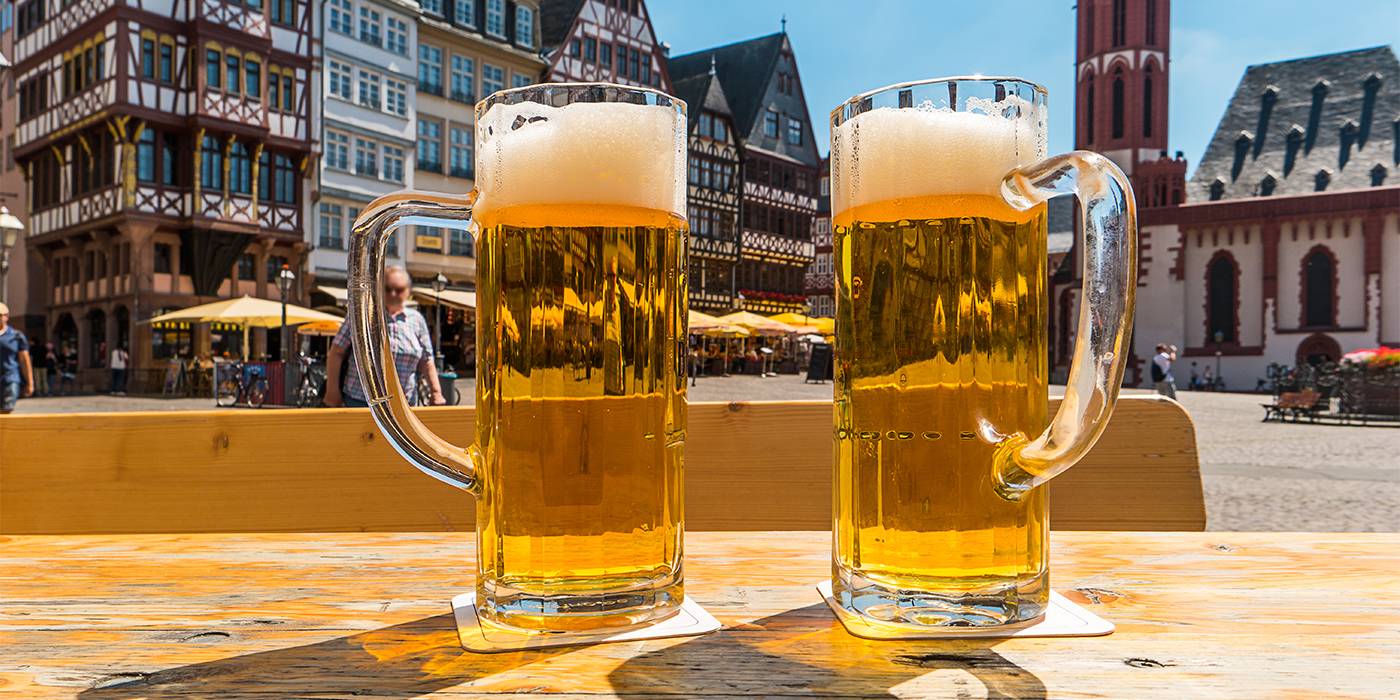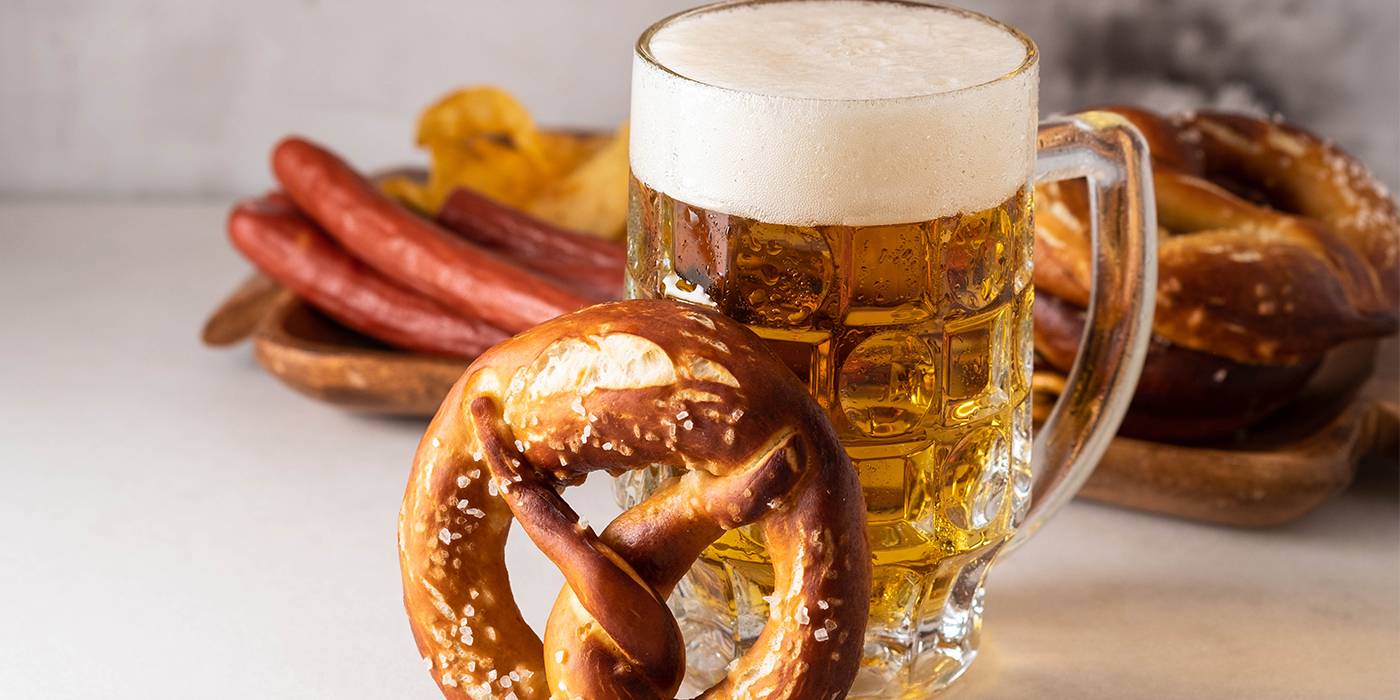The best german beers

Julio Cerezo - Beer Sommelier
Director of Sabeer Beer Academy
Nobody can deny that German beers have a special place in the brewing world owing to their quality, the sheer amount produced and the centuries of tradition behind them. The Germans’ love of beer and its place in their culture goes a long way back in history, and in the Middle Ages the monks in hundreds of monasteries brewed different types of beer for their own consumption and to sell.

Although nuns did not do this, one very singular nun, namely Hildegard of Bingen- had a strong influence on the history of beer, paving the way for the expansion of the use of hops. Thanks to her research and dissemination regarding its preservative properties, hops took over from the rest of the aromatic plants in the brewing world. Perhaps its preservative properties not only helped to preserve the beer, but also the people who drank it, since the Sibyl of the Rhine, as she was also known, lived to the ripe old age of 81, an extraordinary feat back in the 12th century.
The “Reinheitsgebot” (Purity Order) of 1516 was a German law that restricted the ingredients that could be used to brew beer, and it is considered to be the first ever food regulation in history. It is also speculated that Germany made the first low fermentation or lager beers, due to acclimatisation of yeast strains to the low temperatures in the monastery basements.
It is hardly surprising then that a number of beer styles that today please the palates of beer lovers the world over, have their origins in Germany. Here are some of those styles which, because of their singular nature, deserve a special mention in the ranking of the best German beers:
Helles > a golden lager beer with moderate alcohol content. Elegant and refreshing with subtle hints of freshly baked bread.
German pils > the German version of the Czech Pilsen beer, a style that inspired almost all the most popular beers in Spain today.
Weizenbier > the popular cloudy German wheat beers, with their frothy head and fruity, spicy taste and low bitterness. Although they are called “wheat” beers, their recipes always include a significant amount of malted barley.
Märzen > these were the beers with the highest cereal and alcohol content that were made in the month of March so that they would keep better for drinking throughout the summer, when beer-making was forbidden.
Bock > this encompasses a large family of intense beers, roast cereal and higher alcohol content, originally from the city of Einbeck and nearly always depicting a male goat on their labels as a symbol of strength.

In our supermarkets you will be able to find several choices to take your senses on a journey around these beer styles, whether they are made in Germany such as Paulaner Weissbier and Franziskaner Weissbier Naturtrüb, or those made in Spain such as San Miguel 1516 in honour of the famous Bavarian brewing law, and Turia Märzen, reproducing that typical German style.
If you would like a more complete experience, try accompanying your German beer with some tasty bratwurst with mustard and pickled gherkins.
Prost!
What do you think about?
Share comments, opinions and tricks with the Community







